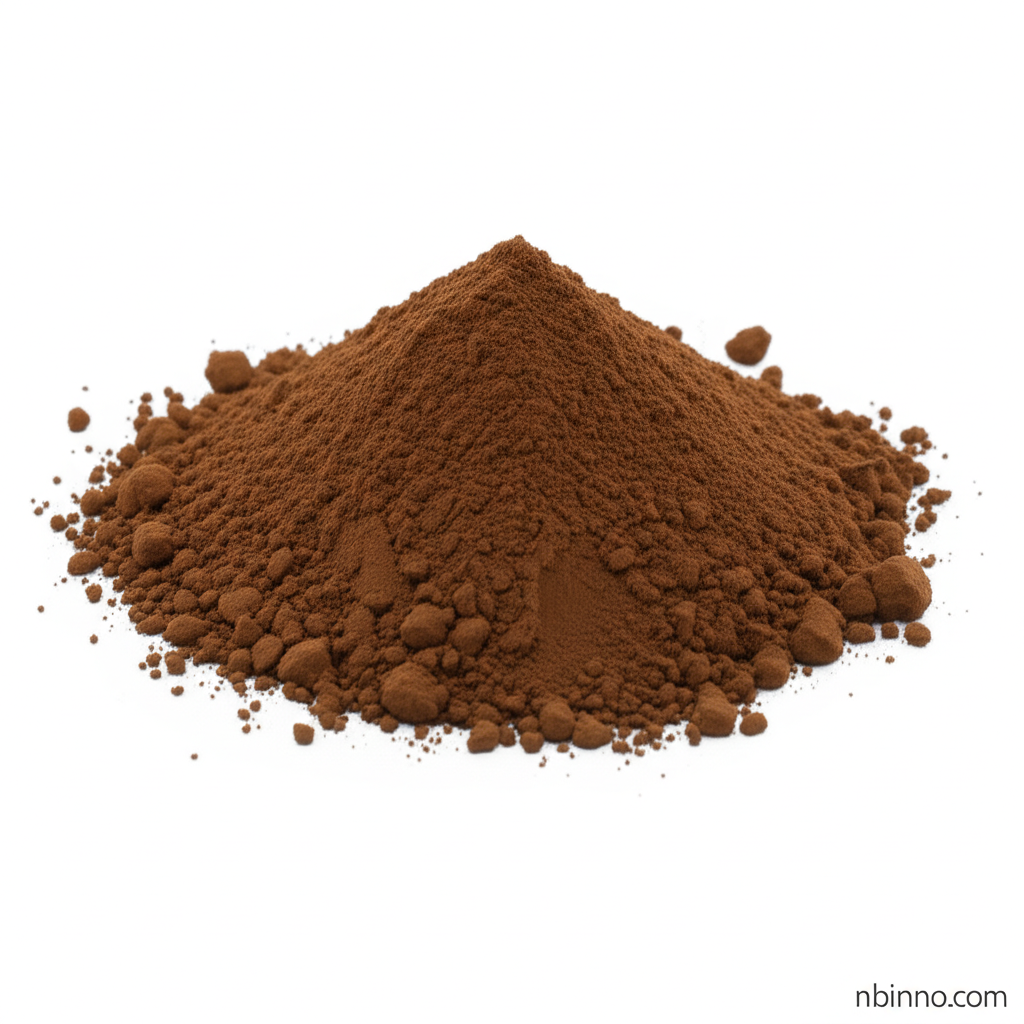High Purity Cadmium Oxide (CAS 1306-19-0): Properties, Applications, and Benefits
Discover the essential properties and diverse industrial applications of Cadmium Oxide (CAS 1306-19-0).
Get a Quote & SampleProduct Core Value

Cadmium Oxide
Cadmium Oxide (CAS 1306-19-0) is a vital inorganic compound, primarily used as a precursor for manufacturing other cadmium compounds. Its high purity and unique properties make it indispensable in advanced industrial applications, from electronics to catalysis.
- Leveraging Cadmium Oxide (CAS 1306-19-0) for Advanced Electronics: Its role in creating transparent conducting films is crucial for modern optoelectronic devices, including phototransistors and liquid crystal displays.
- Utilizing Cadmium Oxide (CAS 1306-19-0) in Catalysis and Organic Reactions: This compound serves as an effective catalyst for organic reactions, including dehydrogenation, contributing to efficient chemical synthesis.
- The Importance of Cadmium Oxide (CAS 1306-19-0) in Ceramics and Glazes: It is widely employed in the ceramic industry for its ability to impart vibrant colors and enhance the properties of glazes and enamels.
- Cadmium Oxide (CAS 1306-19-0) in Battery Technology and Electroplating: Essential for the production of storage battery electrodes and used in cadmium electroplating baths for corrosion resistance and conductivity.
Advantages Provided by the Product
High Purity and Consistency
Ensuring reliable performance in sensitive applications, our Cadmium Oxide powder offers high purity, often exceeding 99%, vital for demanding semiconductor applications.
Versatile Industrial Applications
From catalysts to pigments, the broad utility of Cadmium Oxide powder makes it a valuable material across diverse manufacturing sectors, supporting its demand in cadmium oxide price per kg inquiries.
Contribution to Material Science
The unique physical and chemical properties of cadmium oxide powder contribute to advancements in materials science, particularly in the development of new electronic components and protective coatings.
Key Applications
Electronics Manufacturing
Used to prepare transparent conducting films for phototransistors, liquid crystal displays, and photovoltaic cells.
Ceramics and Glazes
Serves as an inorganic pigment, providing colors for ceramic glazes and enamels.
Catalysis
Functions as a catalyst in organic reactions, particularly for dehydrogenation processes.
Battery Technology
Essential component in the production of electrodes for storage batteries, such as NiCd batteries.
